Money and Financial Markets
Money is the pivot around which an economy revolves. A modern economy, characterized by acute specialisation and exchange, is unthinkable without money, financial intermediaries, financial markets and financial instruments. In recent years, there has been a gradual switchover from the use of paper-based payment mediums to those based on electronics. E-money is one such new product which has appeared on Indian horizon recently. Crypto currency is another instrument which is a type of digital token that relies on cryptography for chaining together digital signatures of token transfers, peer-to-peer networking and decentralization. Similarly, complex financial products, such as derivatives, have proliferated in the financial markets. These products have become highly popular with banks and financial institutions as they allow them to hedge their risks and manage their regulatory and economic capital more efficiently. This book provides a comprehensive description of the theory and functioning of modern monetary and financial systems with reference to India. It is spread over 33 chapters which have been organized into 5 theme parts.Part I (chapters 1 to 2) is titled An Introduction to Money. Apart from explaining the meaning, kinds and functions of money (including e-money, digital money, virtual currency and crypto currency), it also discusses the theories of money supply determination. Part II (chapters 3 to 17) is titled Financial Institutions, Markets, Instruments and Innovations. It deals with discussion on financial system, financial institutions, financial markets and their integration, asymmetric information, adverse selection, moral hazard, financial crisis, money market in India, capital market in India, modernization of stock exchanges, depository system, and financial derivatives. Part III (chapters 18 to 21) is titled Interest Rates. It covers determination of interest rates, causes of interest rate differentials, theories of term structure of interest rates, and interest rates in India. Part IV (chapters 22 to 26) is titled Banking System. It focuses on functions of a commercial bank, balance sheet and portfolio management of a bank, structure and changing role of banks in India, banking sector reforms in India since 1991, and digital technology in the banking sector. Part V (chapters 27 to 33) is titled Central Banking and Monetary Policy. It delves into functions of central bank, balance sheet of central bank, instruments of monetary control, monetary management in an open economy, Reserve Bank of India, monetary policy of India, and inflation targeting in India.
Get it now and save 10%
BECOME A MEMBER

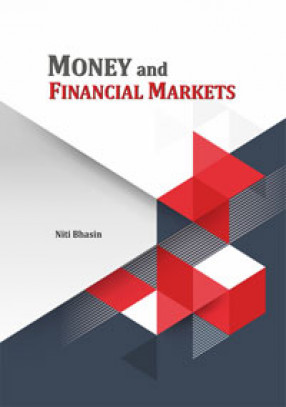
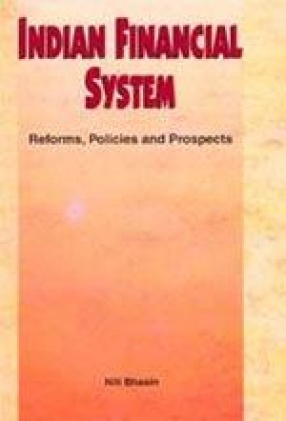
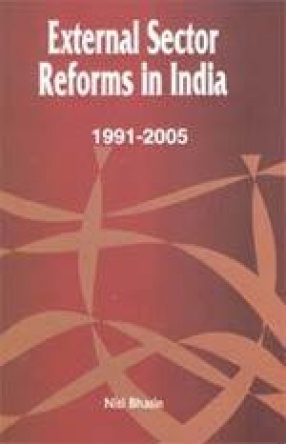
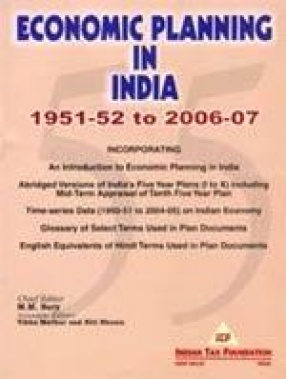
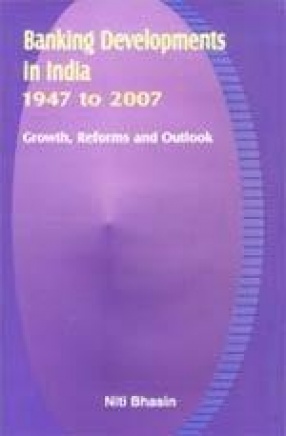



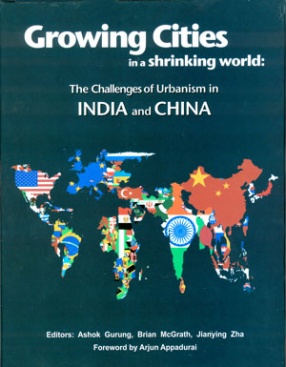

Bibliographic information